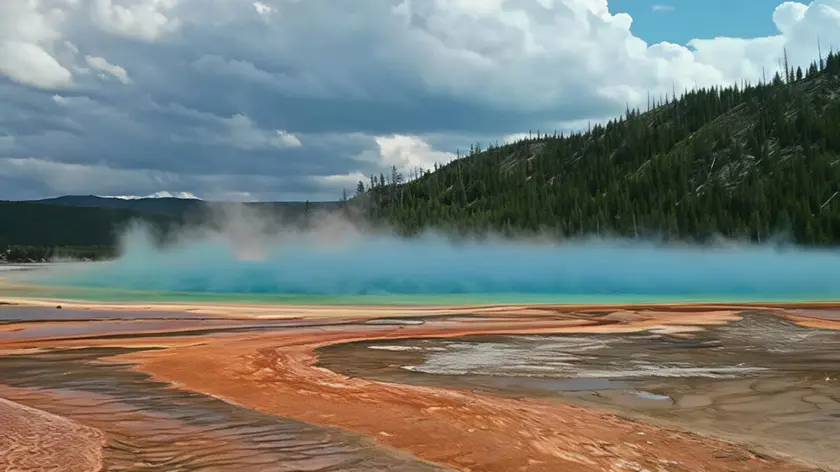T4K3.news
Tintina fault may trigger large Yukon earthquake
New data indicate a section near Dawson City could produce a magnitude 7.5 quake, prompting updates to hazard maps and emergency planning.
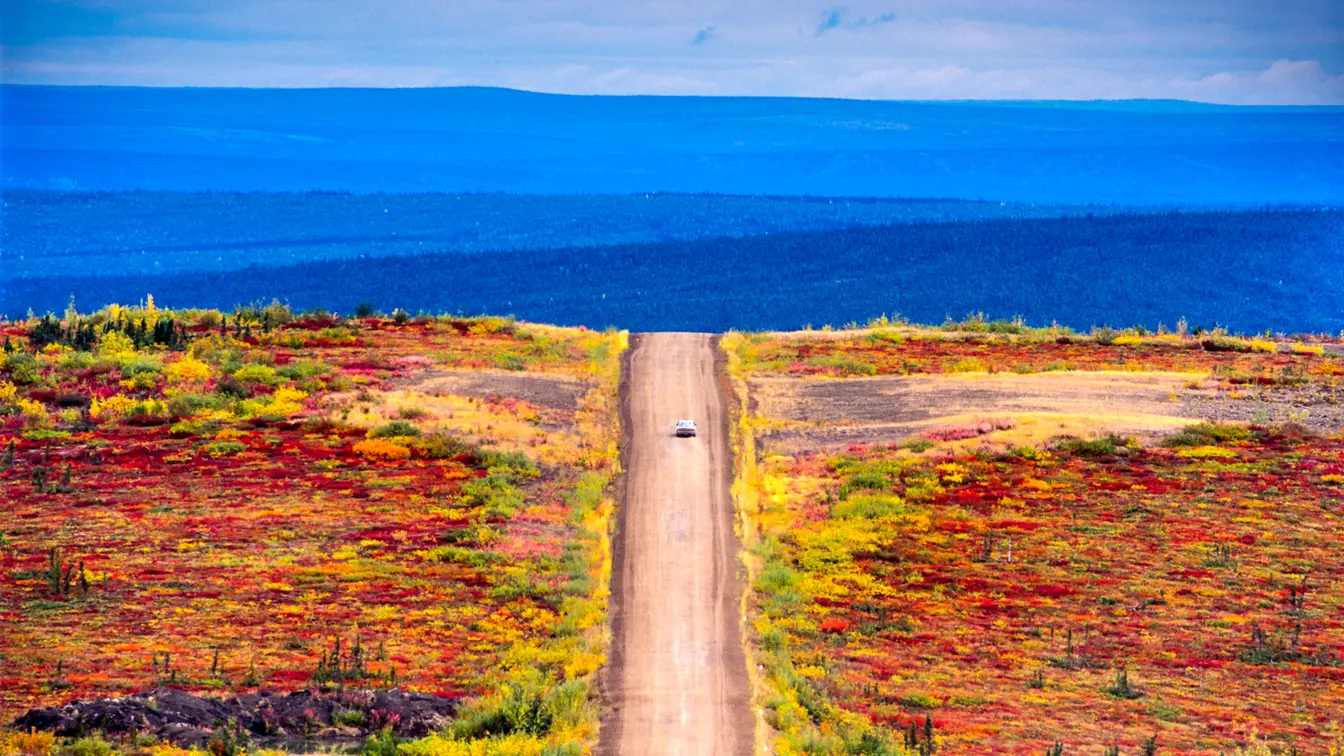
New satellite data show a long quiet fault in the Yukon may produce a magnitude 7.5 quake, prompting calls for updated hazard planning.
Tintina Fault Signals Potential for Large Yukon Earthquake
A hidden fault in Canada’s Yukon is drawing new attention after researchers mapped an active segment near Dawson City using high-resolution lidar and satellite data. The Tintina Fault runs about 1,000 kilometers from British Columbia to Alaska, and a roughly 130-kilometer portion at Dawson City shows past earthquakes leaving clear scarps and offsets in terrain. The team measured landform shifts across different ages, from 2.6 million-year-old glacial features to 12,000-year-old surfaces, to reconstruct the fault’s recent behavior. They estimate the fault has accumulated about a 6-meter slip deficit since its last major earthquake, based on tectonic strain rates.
Key Takeaways
"Lidar and satellite data are incredibly important for this kind of work, and have revolutionized the field of paleoseismology."
Finley on the role of technology in detecting hidden faults
"There are many other cases in Canada and beyond where previously unrecognized faults have been discovered thanks to this technology."
Finley on broader impact of the methods used
"Though our observations indicate a substantial slip deficit, we don't yet have a good sense of how frequently large ruptures occur on the Tintina fault."
Finley on uncertainty of recurrence rate
"The entire length of the fault would not rupture all at once."
Finley on scale of potential rupture
The finding highlights how modern surveying tools can reveal seams of danger that were hidden by forests and deposits. It also shows the limits of current hazard maps, since the Tintina is not listed as a separate seismic source in Canada’s national model. Officials will need to balance caution with the uncertainty around how often large ruptures occur on this fault. As scientists seek a paleoseismic trench to date past quakes, communities and engineers face a task: update planning and infrastructure standards before the next quake hits. The lesson is not panic but preparation: science is catching up with risks that have slept for millennia.
Highlights
- Hidden faults don’t stay quiet forever.
- Satellite eyes rewrite the map of danger.
- What we don’t see on maps can still shake a city.
- Science digs up the ground’s long hidden warnings.
Science continues to map danger, and that effort is a hinge between knowledge and community resilience.
Enjoyed this? Let your friends know!
Related News
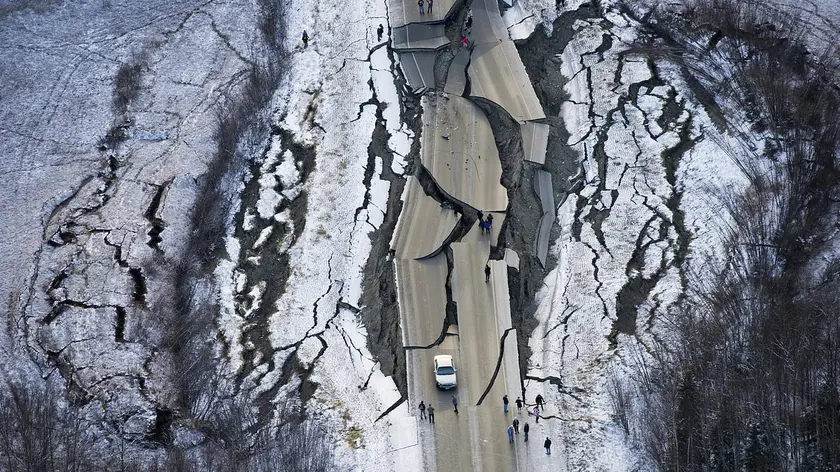
Hidden earthquake risk discovered under North America
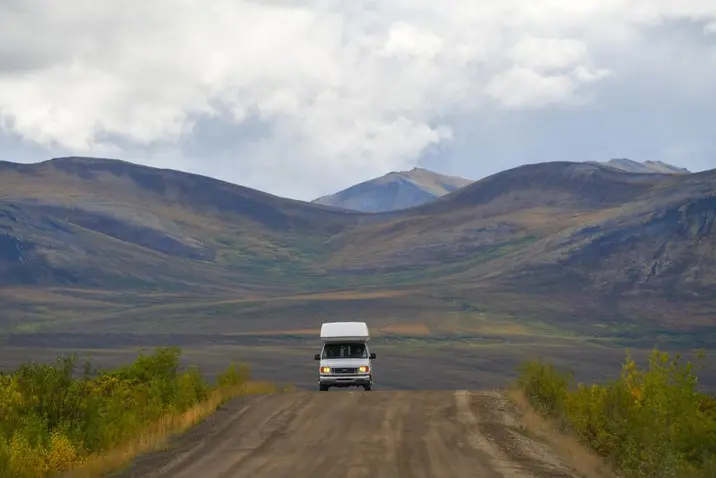
Scientists Warn of Earthquake Risk in Yukon Territory
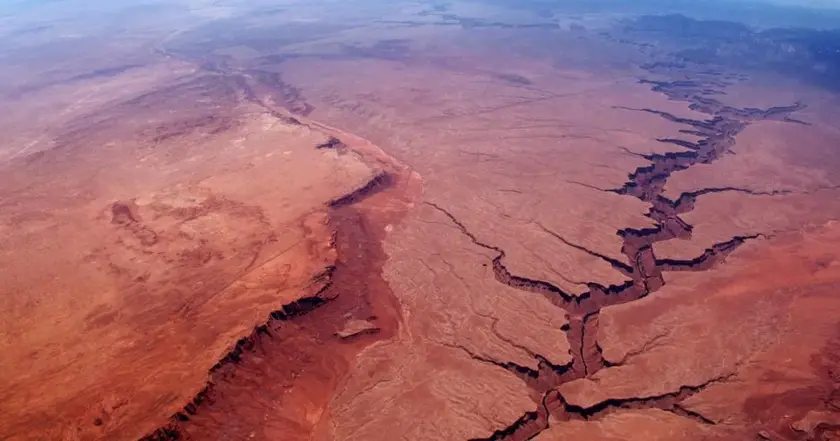
Tintina fault could host large quake
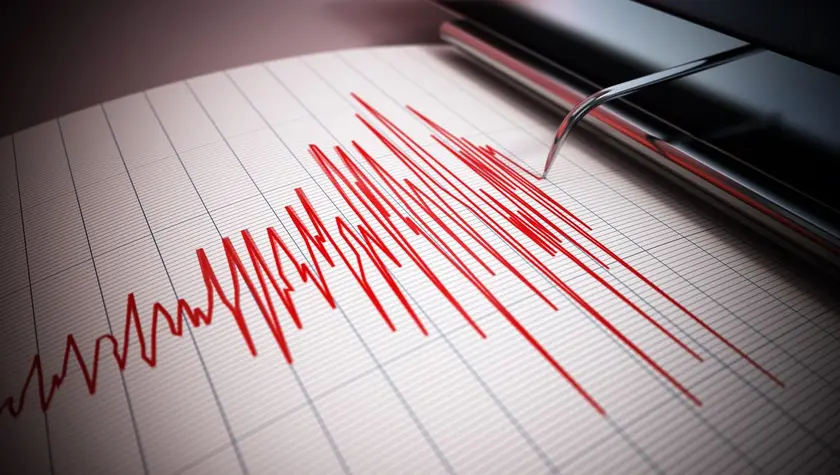
Tintina fault may trigger major quake

Tintina fault in Yukon shows signs of activity

Warning Issued for Tintina Fault Earthquake Risk
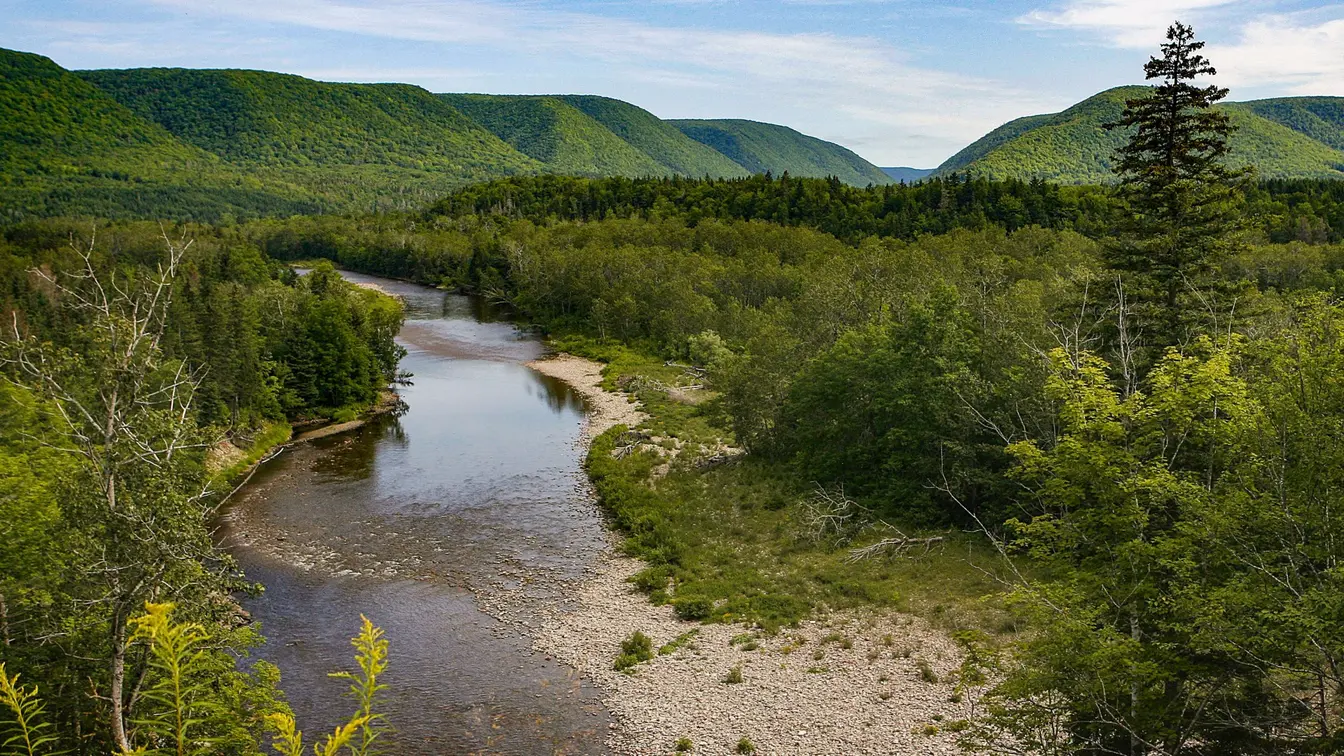
Potential major earthquake threat identified in Canada

New research warns of earthquake risk from Canadian fault
